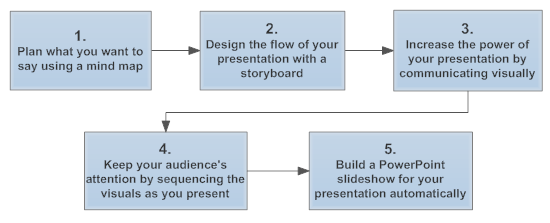In today's world we're all in sales, although most of us are oblivious to this fact. So says Daniel Pink, author of bestsellers "Drive" and "A Whole New Mind."
While one in nine people work in actual sales roles, the other eight also have ever-increasing selling roles, says Pink. We "non-sellers" spend a great deal of our time persuading, influencing, and moving others in some way.
Here are some useful tips from five of the most successful sales professionals in the world, which apply to virtually any career.
In any type of interaction, take the other person's perspective. Think about how your product or service benefits them, instead of selling them on what you are offering. For example, a health food product contains important nutrition that is good for the body. That's what it is, but what does it do from the customer's point of view? It helps them be more energetic, lose weight, and feel better. Focus on the customer's wants and needs, and help them get those things.
Finding the prospect's real problem often requires some digging. This can be done by asking a wide range of questions. Word them in a way that they require more than "yes" or "no" for an answer. Then keep probing. If they say, "We're looking for cost-savings and efficiency," a smart sales person won't immediately start selling their solution. They'll try and find the real problem. "I understand why those things are important to you. Can you give me a specific example?"
Daniel Pink says research shows that when the facts are on your side, questions are more effective than statements in moving others. Don't you think, then, that you should be pitching with more questions?
Don't make a sales presentation "on the fly." Always have a written presentation. Script what you want to say and stick with your script. Develop leading questions to help you probe and understand your prospect's needs.
It's impossible to have a single pitch or presentation that will work with every potential customer. This gets back to thinking from the customer's perspective, which is crucial. Make sure you're presenting material targeted to that specific audience.
Do some preliminary research. Find out about your customer's business, its products, and its competition. Learn as much as possible about them. This will help you to ask the right probing questions and begin to build a rapport.
If you are going to give a sales presentation, whether in person or online, follow these five steps to get more effective results.
